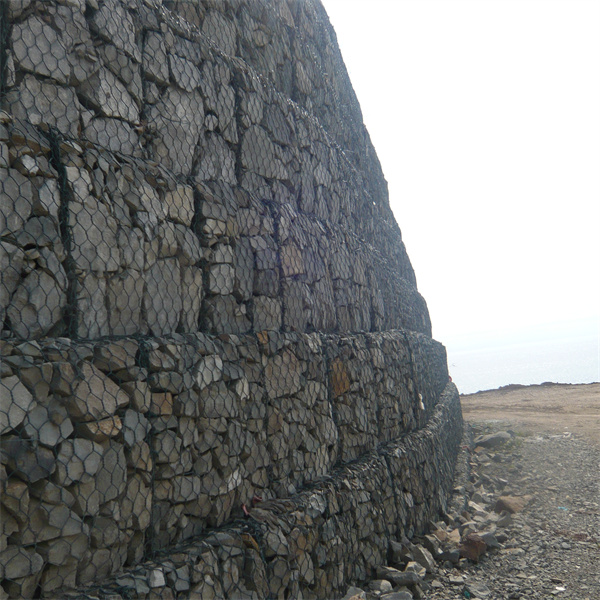Sep . 24, 2024 20:27 Back to list
Detailed Overview of High-Quality Gabion Check Dam Design and Construction
High-Quality Gabion Check Dam A Detailed Overview
In the realm of civil and environmental engineering, gabion check dams have emerged as a crucial solution for effective water management and soil conservation. These structures, built from wire mesh cages filled with rocks or other durable materials, serve multiple purposes, including controlling erosion, managing sediment, and enhancing ecological stability in riverine systems.
Design and Structure
The design of a high-quality gabion check dam involves several key components. Typically, the gabions are constructed using double-twisted wire mesh, which is highly durable and capable of withstanding harsh environmental conditions. The mesh cages are filled with stones, which not only provide the necessary weight to resist water pressure but also allow for natural water filtration.
The height of a gabion check dam is generally designed to be low, typically ranging from 0.5 to 1.5 meters, depending on the site-specific conditions and intended function. Their relatively low profile ensures that they effectively manage minor water flow while minimizing the disruption to the natural environment.
Functionality and Benefits
Gabion check dams offer a variety of benefits. One of their primary functions is to slow down water flow, which reduces soil erosion and sediment transport downstream. By effectively trapping sediments, these structures help to maintain the stability of the riverbank, thereby protecting nearby infrastructure and ecosystems.
high quality gabion check dam detail

Additionally, gabion check dams promote the infiltration of water into the ground, which helps to recharge local aquifers. This is particularly important in arid and semi-arid regions where water scarcity can be a significant issue. The presence of these dams can enhance local agricultural productivity by improving water availability and soil quality.
Moreover, the use of natural materials (like stone) in the construction of gabion check dams ensures that these structures can blend seamlessly into their surroundings. This aesthetic aspect is especially important for projects that prioritize environmental conservation and visual harmony.
Maintenance and Sustainability
While gabion check dams are designed for longevity, regular maintenance is essential to ensure their effectiveness. This includes routine inspections to check for damage or accumulation of debris that could hinder water flow. If properly maintained, gabion check dams can last for decades, making them a cost-effective solution for water management.
Sustainability is another important aspect of gabion check dam design. As they utilize natural materials and promote ecological stability, they align well with the principles of sustainable engineering. In many regions, these structures are constructed using locally sourced stones, further reducing their environmental footprint.
Conclusion
High-quality gabion check dams represent a practical and efficient approach to managing water flow and preventing soil erosion. Their robust design, combined with their environmental benefits, makes them an invaluable asset in both urban and rural landscapes. As the need for sustainable water management solutions grows, gabion check dams will undoubtedly play a vital role in ensuring the health of our ecosystems and the resilience of our communities.
-
Understanding Load-Bearing Capacity of Gabion Boxes
NewsJul.17,2025
-
The Importance of Corrosion-Resistant Wire in Gabion Construction
NewsJul.17,2025
-
How Gabion Boxes Prevent Soil Erosion Effectively
NewsJul.17,2025
-
Environmental Benefits of Gabion Cages
NewsJul.17,2025
-
Best Stone Types for Gabion Walls with Steps
NewsJul.17,2025
-
Benefits of Using Rock Gabion Baskets in Landscaping
NewsJul.17,2025
-
The Role of Galvanized Gabion Mesh in Riverbank Protection
NewsJun.26,2025






